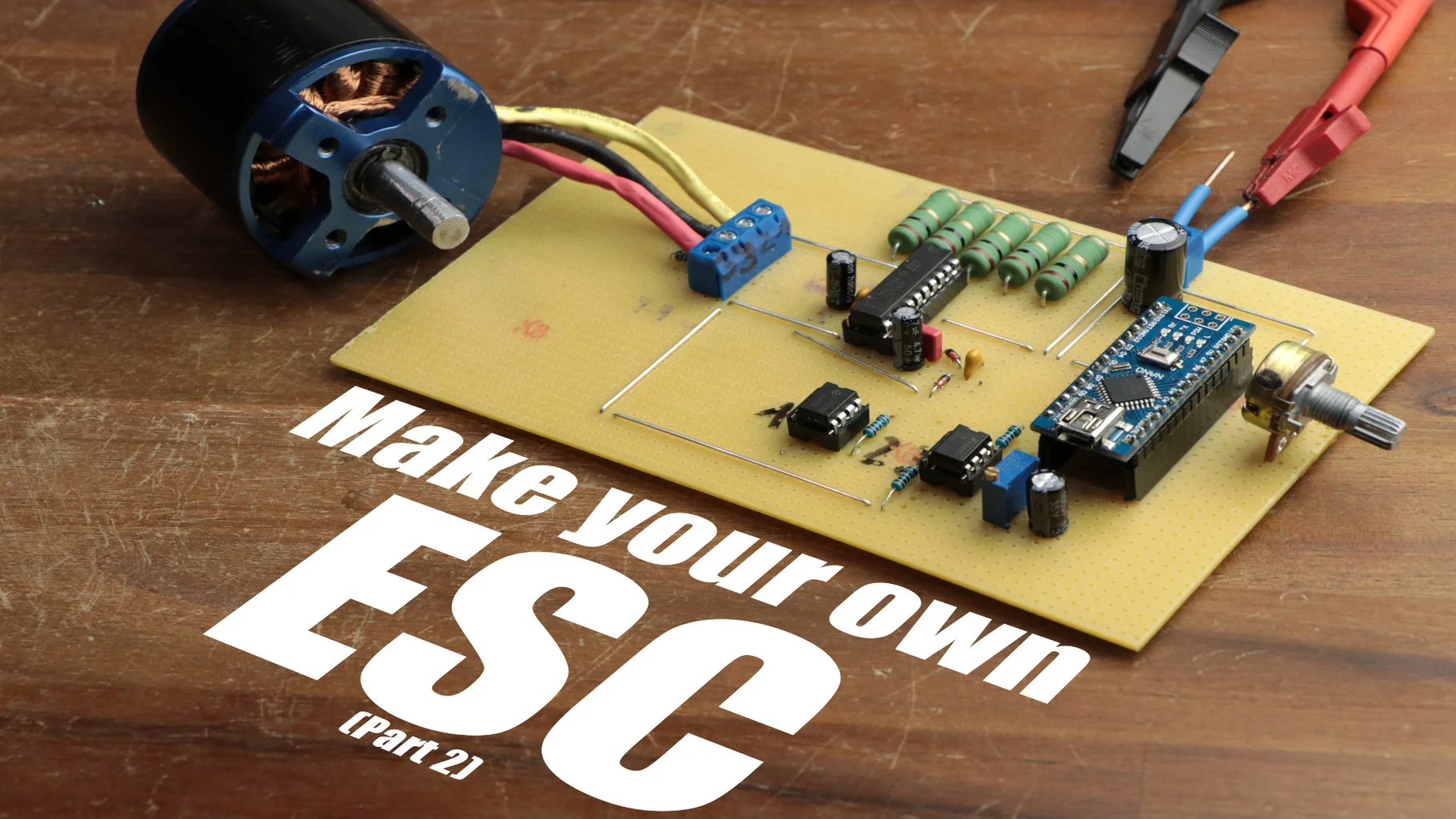Q ESC, or Speedy Electronic Security Control, is a wellbeing highlight that has become progressively normal in present day vehicles. It is intended to assist with forestalling mishaps via naturally applying brakes to individual wheels when it identifies a deficiency of foothold or control. This innovation has been credited with saving innumerable lives and decreasing the quantity of mishaps out and about. In this article, we will dive into the subtleties of its advantages, and the way that it works.
How Does Q ESC Work?
The Components of Q ESC
Q ESC is contained three chief parts: wheel speed sensors, a tension driven control unit, and an electronic control unit. The wheel speed sensors are responsible for perceiving any differentiations in speed between the wheels. The water fueled control unit is related with the easing back component and can apply strain to individual wheels. The electronic control unit is the psyche of the structure, getting information from the wheel speed sensors and choosing when to incite the brakes.
The Functioning of Q ESC
Exactly when you are driving, the system constantly screens the speed of each wheel. Expecting that it perceives that one wheel is moving faster than the others, it will acknowledge that the vehicle is losing balance or control. In such a situation, the electronic control unit will pass a message on to the strain driven control unit, which will then, apply the brakes to the specific wheel that is slipping. This helps with dealing with the vehicle back and hold it back from ending up or slipping.
The Benefits of Q ESC
The fundamental benefit of is that it helps with thwarting accidents achieved by loss of control or traction. By quickly applying brakes to individual wheels, it can help with keeping the vehicle stable and hold it back from wandering off can moreover help with diminishing the bet of rollover setbacks, as it can perceive when a vehicle will spill and apply brakes to express wheels to hold it back from working.
Q ESC vs. Traditional ESC
The Difference in Technology
Q ESC is a high level adaptation of conventional Electronic Security Control (ESC). While the two frameworks work on a similar guideline of applying brakes to individual wheels is quicker and more exact. Conventional utilizes sensors that action the general speed of the vehicle, while utilizes wheel speed sensors that can identify contrasts in speed between each wheel. This permits to answer all the more rapidly and precisely to changes in footing or control.
The Benefits of Q ESC over Traditional ESC
The fundamental advantage of over conventional ESC is its capacity to identify and address loss of control or footing at a lot quicker rate. This can be urgent in forestalling mishaps, particularly in circumstances where a brief moment can have a significant effect. Furthermore is more viable in forestalling rollover mishaps, as it can apply brakes to explicit wheels rather than simply decreasing motor power like conventional.
Frequently Asked Questions about Q ESC
What types of vehicles have Q ESC?
A: The is currently a standard component in most new vehicles, including vehicles, SUVs, and trucks. It is additionally accessible in certain bikes and business vehicles.
Can I turn off Q ESC?
A: While it isn’t suggested, can be switched off in certain vehicles. Notwithstanding, it is critical to take note of that this will debilitate the security component and increment the gamble of mishaps.
Is Q ESC the same as traction control?
No, Q ESC and footing control are two distinct frameworks. Foothold control assists with forestalling wheel turn, while assists with forestalling loss of control or foothold by applying brakes to individual wheels.
Does Q ESC work in all weather conditions?
A: Indeed, works in every weather pattern, including precipitation, snow, and ice. It is intended to assist with forestalling mishaps in any circumstance where there is a deficiency of control or footing.
Is Q ESC worth the extra cost?
A: Indeed, is most certainly worth the additional expense. It has been demonstrated to save lives and diminish the gamble of mishaps out and about. The additional security and inner harmony are certainly worth the speculation.
Conclusion
The is a general prosperity feature that has transformed into a standard in most present day vehicles. Its ability to quickly and definitively perceive and address loss of control or traction has made it a basic part in thwarting disasters making the rounds. With its different benefits and extending openness, is an advancement that is putting down profound roots and will continue to make our roads safer for everyone.

